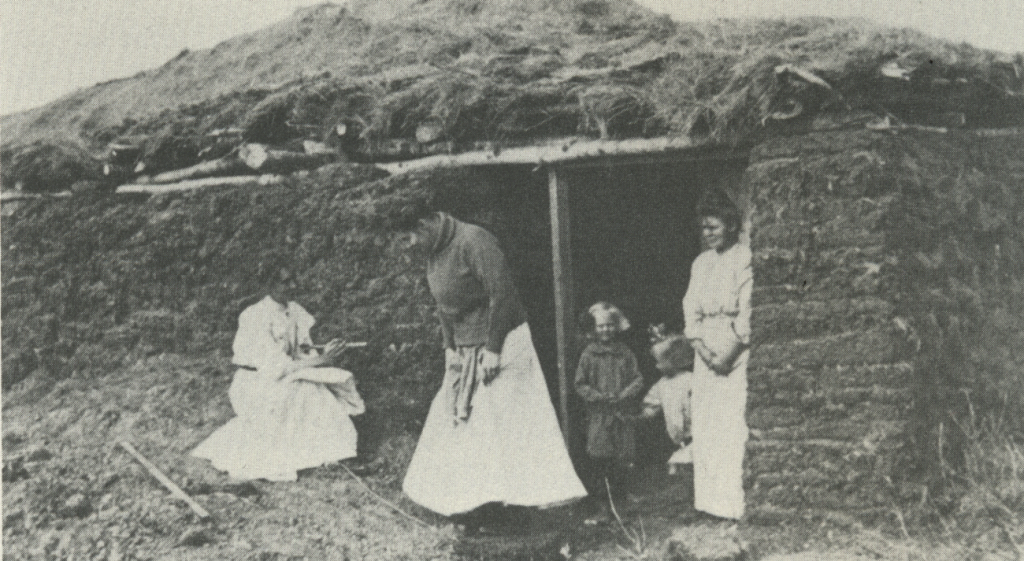The Homestead Act of 1862 allowed “any person who is the head of a family, or who has arrived at the age of twenty-one years” to file for a homestead. Many of these female homesteaders were single, widowed or divorced women.
By stating that “any person” was eligible, Congress included women in this landmark legislation. As USD Professor Hannah Haksgaard wrote in the Nebraska Law Review, the remainder of the statute used the language of “his or her” to discuss the rights and obligations of homesteaders. As such, there was immediate recognition that single women — including widows, divorced women, and never-married women — were qualified to homestead.
Most of these women were single, unmarried women. Records show that widows went west to claim land, as well. Land in Her Own Name by H. Elaine Lindgren included a census (of sorts) of the women who homesteaded in North Dakota. Of the 285 records, only 40 homesteaders were widows. Even fewer — only five — were separated or divorced women.
But times were changing in the late 1800s and early 1900s, and divorce was becoming more common. The Divorce Colony by April White chronicles the stories of four women who came to Sioux Falls seeking divorces. Due to extremely lenient residency laws — 90 days — South Dakota had become the divorce capital of the country. From 1891 to 1908, South Dakota issued 7,108 divorce decrees. Most of these divorces occurred in Sioux Falls, thanks to the luxurious Cataract Hotel, where most of the litigants took up residence.
Both men and women petitioned for divorces. However, legal fees and temporary residency requirements made the process cost prohibitive for many. Divorce in the 19th century was an extreme act, because marriage was a financial agreement for women. That meant that most of the women seeking divorce came from the country’s wealthy families. These women afford to divorce their breadwinner. If they did not remarry immediately (many did so), they relied on family money to support them and their children.
Circling back to homesteaders: very few of these divorcees stayed in South Dakota to stake a claim through the homestead act. It’s hard to imagine Margaret Astor De Stuers (yes, those Astors) deciding to stake a claim, live on the prairie, and work the land.
Still, some divorced women did strike out on their own to claim land in Dakota Territory, and later, the State of South Dakota. Those were the women who helped build our country.

